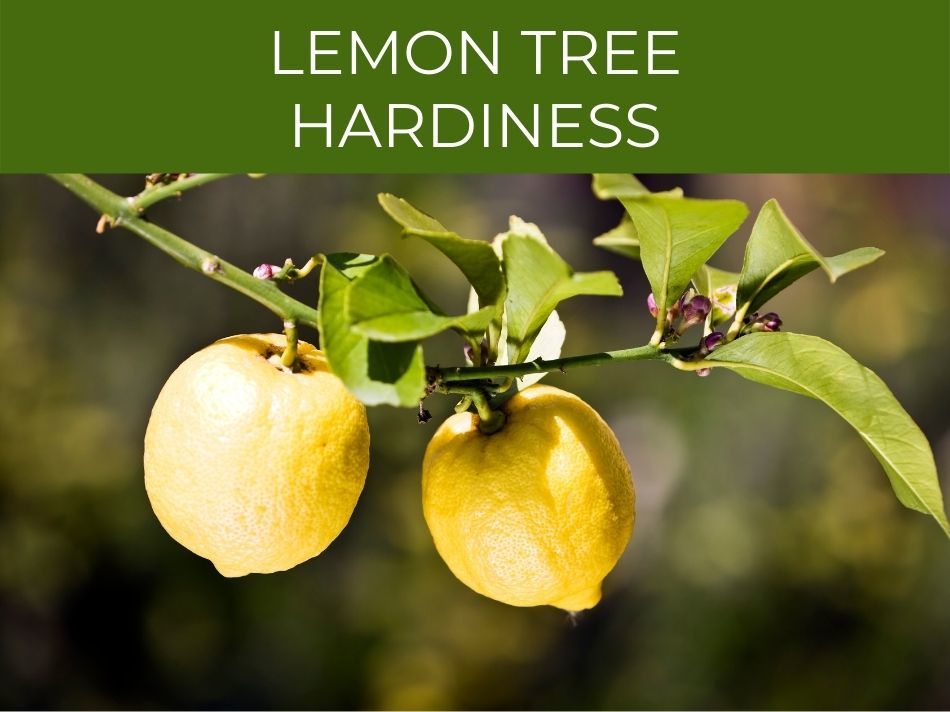Just because lemon trees produce fruit in winter doesn’t mean that they necessarily like cooler temperatures. In fact, citrus grows best in subtropical areas. Lemon trees, however, are some of the hardiest of the citrus family.
Citrus trees prefer warmer temperatures, and are usually grown in USDA zones 8-11. Some varieties of lemon tree can tolerate temperatures as low as 32 F, although prolonged exposure to freezing can damage or kill lemon trees. The Meyer lemon is a variety of lemon that is hardier than most.
So, what do you need to know to successfully grow & care for a lemon tree–especially in a cool or cold climate? Let’s dive in & take a look!
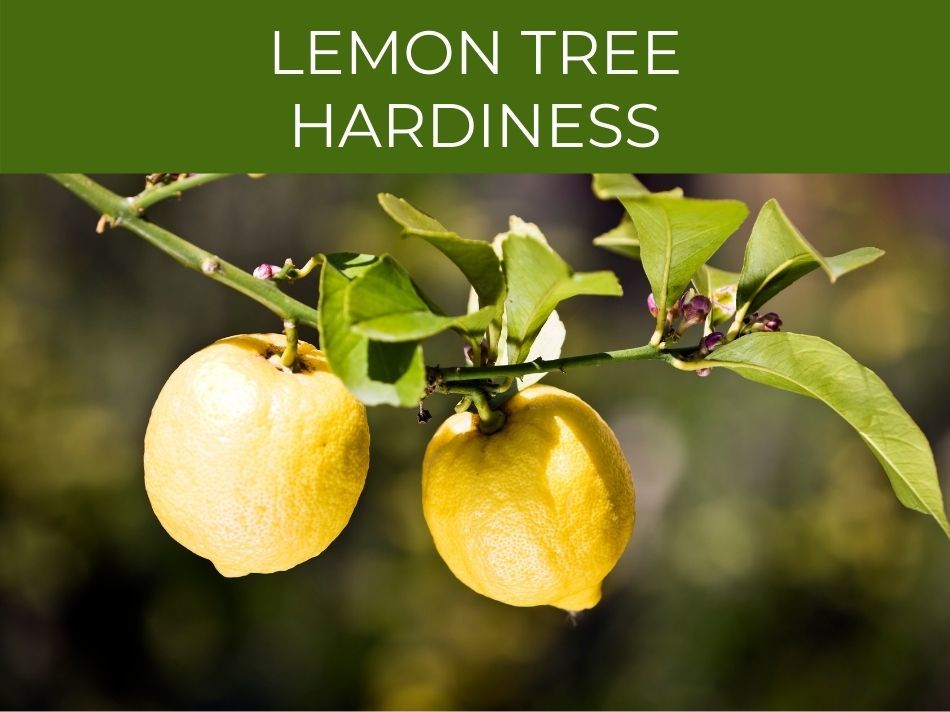
Lemon tree hardiness
The way that lemon trees cope with very cold temperatures is affected by what the weather has recently been like before the freeze sets in. So, if the temperatures have been warmer or cooler than the normal average temperature, as well as the amount of rain that has fallen recently.
Trees that are already bearing fruit when the temperatures drop are not as hardy as trees that are still without fruit.
This means that in areas where the temperatures are very low, lemon trees that bear later in the season will be hardier.
Speaking of cold hardy fruit trees, you might be surprised to learn that bananas actually tolerate colder temperatures than lemon trees.
Check out the complete article on cold hardy banana tree varieties & care.
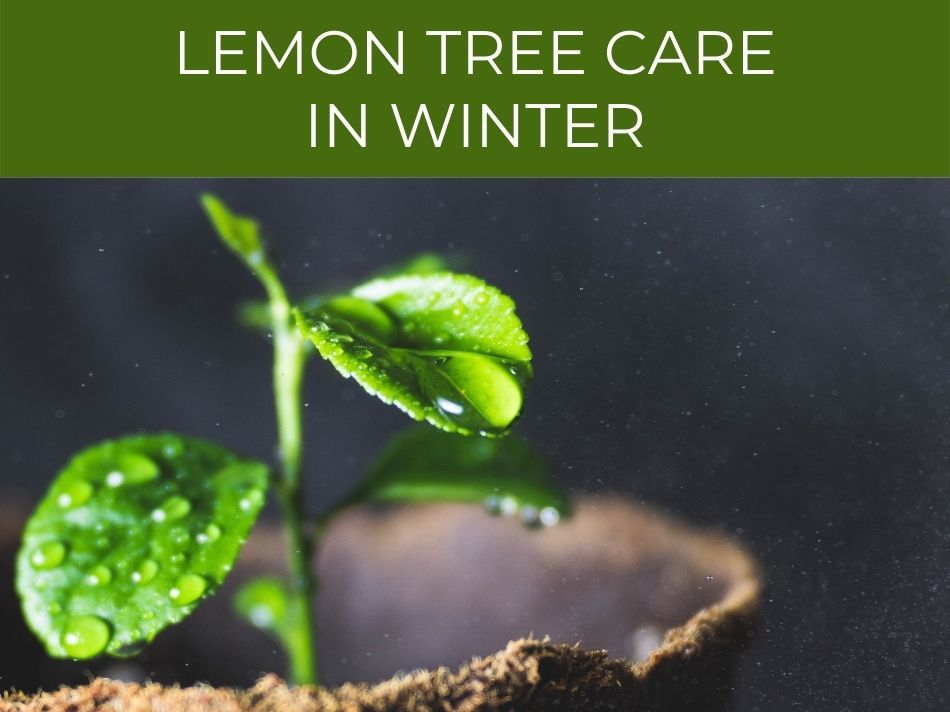
Lemon tree care in winter
Lemon trees are understood to be quite hardy citrus trees, but the bottom line is that they are one of the most sensitive plants when it comes to temperatures, so understanding winter gardening is the way to go.
It’s important to care for lemon trees in winter to ensure the healthy growth of the plant. Follow these instructions when caring for your lemon tree during this time.
- Lemons are sensitive to cold during this time, so make sure the soil is not iced over.
- Keep your lemon tree outdoors or in a frost-resistant section of your home or greenhouse with protection from winds and temperatures below freezing levels.
- Make sure they are receiving at least 6 hours of sunlight per day. If you can’t provide them with enough sunlight, provide supplemental light indoors or care for them outside in an area that doesn’t receive direct sun between 10am and 2pm.
- Maintain adequate moisture either by using a hose or watering can, but take care to not get the trunk of your tree wet.
If you are unable to provide adequate care for your lemon tree during winter, consider growing citrus indoors in a pot or figuring out a way to protect it outdoors.
This is particularly true of low temperatures, so you will need to take care of your lemons in winter, particularly if you live in an area where the hardiness zone is 7 or below.
For example, if you live in Kentucky, check out our article on KY growing & hardiness zones.
For lime trees, check out the complete guide to growing kaffir lime trees.
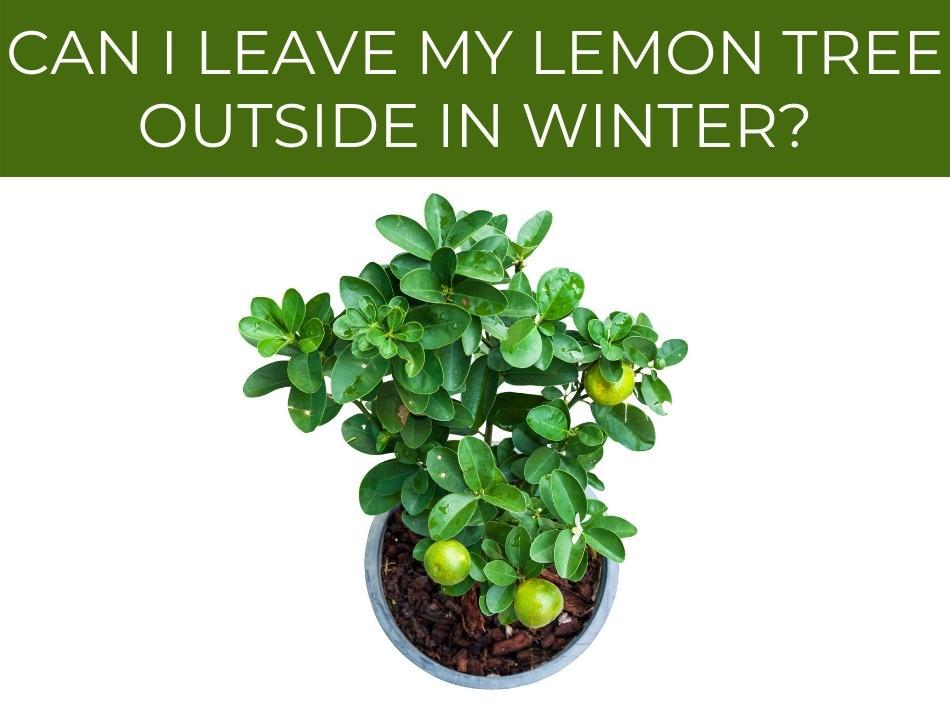
Can I leave my lemon tree outside in winter?
Depending on where you live, it is possible to leave your lemon tree outside in winter, during the day at least. If the tree is in a sheltered place, it can survive outside, but not if the temperature is anywhere around 28 °F (-2 °C). If your winter temperatures are usually around freezing (32 °F/0 °C), then you will need to grow your lemon tree inside.
If you can plant your lemon tree near a wall, or even in a corner of a building, then it will have a slightly greater tolerance to low temperatures.
Remember: if the temperature stays below 32 degrees for a prolonged period of time, then there is a possibility that the lemon tree will die.
Lemon trees can tolerate a wide range of temperatures, but they’re sensitive to cold and if the temperature stays below 32 degrees for too long, then the leaves–and possibly the entire tree–will die.
If you can, make sure to position your tree next to a wall or on a southern exposure–that way, your lemon tree will be in a slightly warmer microclimate.
See our general article on caring for lime trees.
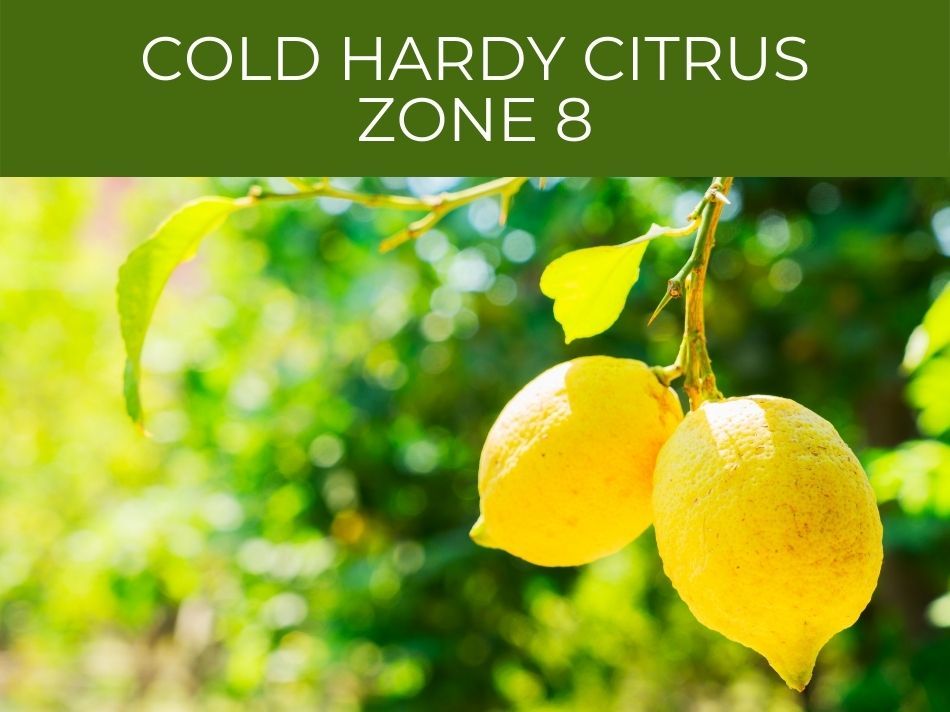
Cold hardy citrus zone 8
Hardiness zone 8 is at the bottom end of the zones in which lemons can grow easily. Overall, these citrus trees do best in hardiness zones 8-11.
In these zones, you will be able to grow a lemon tree outside quite easily.
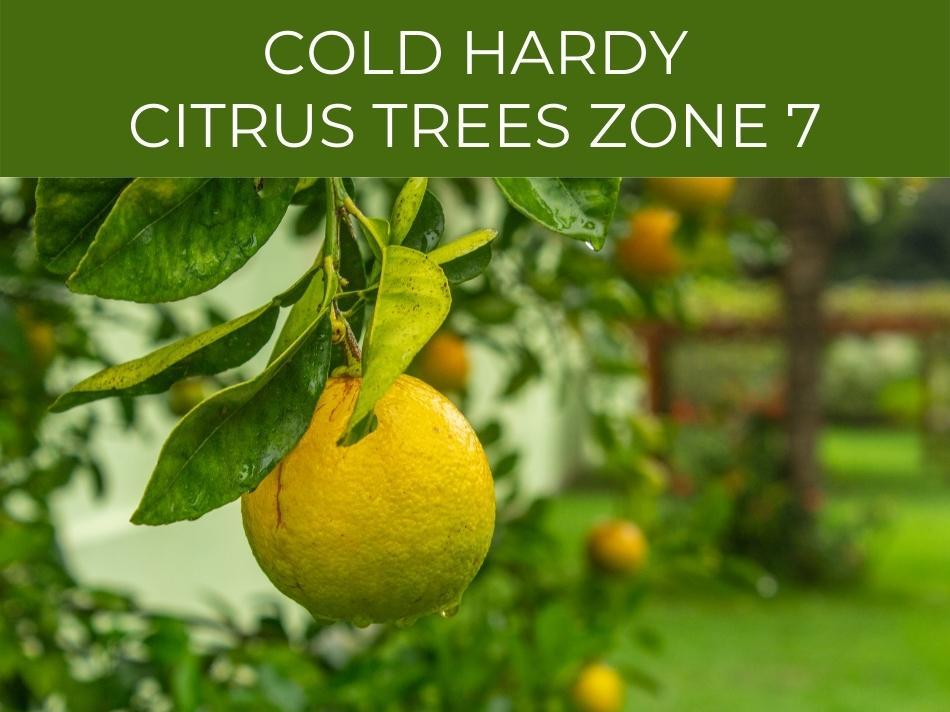
Cold hardy citrus trees zone 7
Hardiness zone 7 is a sort of in-between zone for lemon trees. In general terms, it’s unlikely that you will be able to grow a lemon tree successfully in this zone. However, if you do live on a hill where the temperatures may be slightly higher than the general climate, a lemon tree can survive. The location must receive lots of direct sun.
The best thing to do in zone 7 is to grow the trees in a protected place – either alongside a wall that gets a lot of sun or under some form of cover.
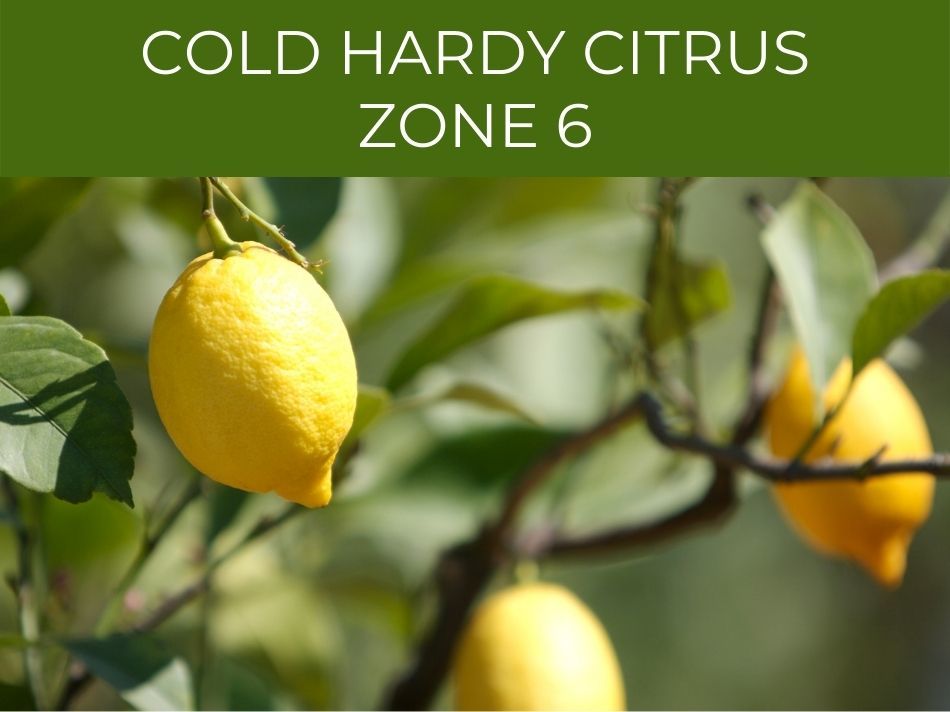
Cold hardy citrus zone 6
Hardiness zone 6 is really below the temperatures that lemon trees can tolerate. They can be grown in pots in Zone 6.
Because they do prefer hardiness levels 8- 11, they can be outside during the day but must be able to be moved indoors, or the cold will damage–or possibly even kill them.
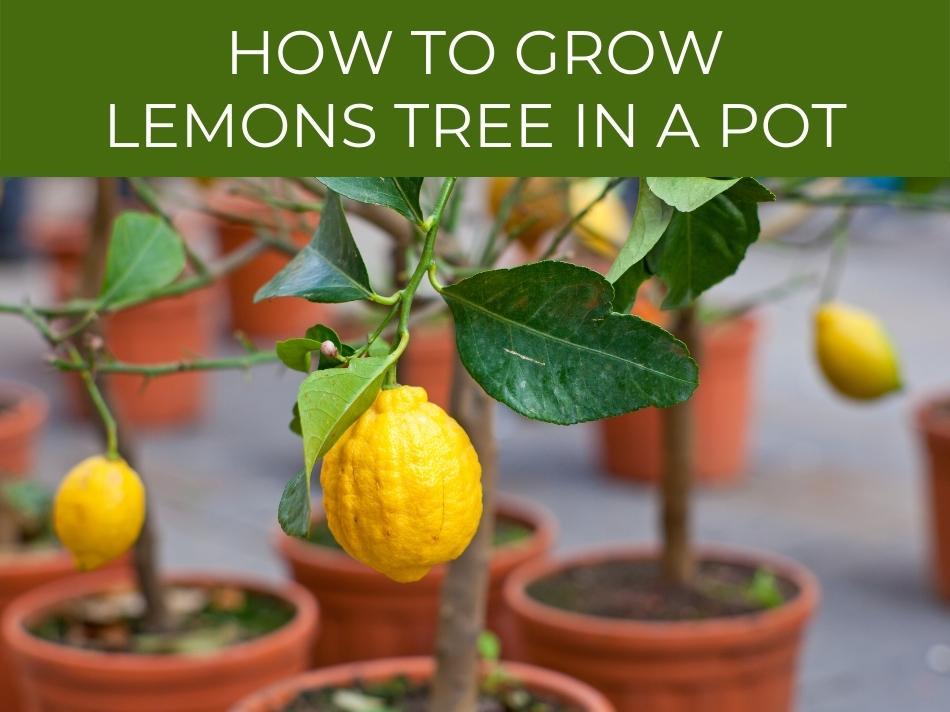
How to grow lemons tree in a pot
The first thing to do when you want to grow a lemon tree in a pot is to consider the position of the pot and the variety of lemon you will buy. Then you must choose the correct potting soil mix. When you have planted the tree in the pot, water it thoroughly so that the roots can be established. From then on, keep the soil damp, not soaking.
Growing lemon trees in a pot: growing conditions
Lemon trees prefer direct sunlight, so position the pot where it will get as much sun as possible.
It should also be sheltered from some harsh weather. This may be on a verandah or on the balcony.
If you live in a location that has harsh winters, it may be better to grow the lemon tree inside, but it will need to be in a spot that gets enough light.
This can be next to a window, but remember that the light will be slightly filtered by the grass.
Preferably, keep the tree outside during the day and bring it inside at night.
See our full guide to lemon tree flowers (and problems & fixes if they’re not setting fruit).
Growing lemon trees in a pot: planting & care instructions
When you choose a pot to grow your lemon tree in, make sure it is big enough for the tree to grow into.
If the pot is too small, as the tree grows and the roots spread, they can become root-bound. This will affect the growth of the plant and can even damage it.
If possible, choose a clay or terracotta pot, through which the water can evaporate. You should avoid the soil becoming too wet, or the tree could develop root rot.
Lemon trees need well-drained, acid soil, so make sure you choose the correct potting mix.
It should be slightly sandy, to facilitate drainage. You can use some peat, to keep the pH down, and make sure you mix about ¼ of the pot organic mix into the soil.
For best soil recommendations for indoor plants, see our complete guide for soil for indoor plants.
When the pot is about three-quarters full, make a hole and put the plant in the soil.
The hole should accommodate the whole root bowl. Push the soil around the plant to support it. Do not tamp the soil down too hard, or it will affect the drainage.
Water the plant immediately after planting.
Make sure the soil is damp, not actually wet.
You’ll need to water the tree regularly, but soak the soil so that it is never too wet.
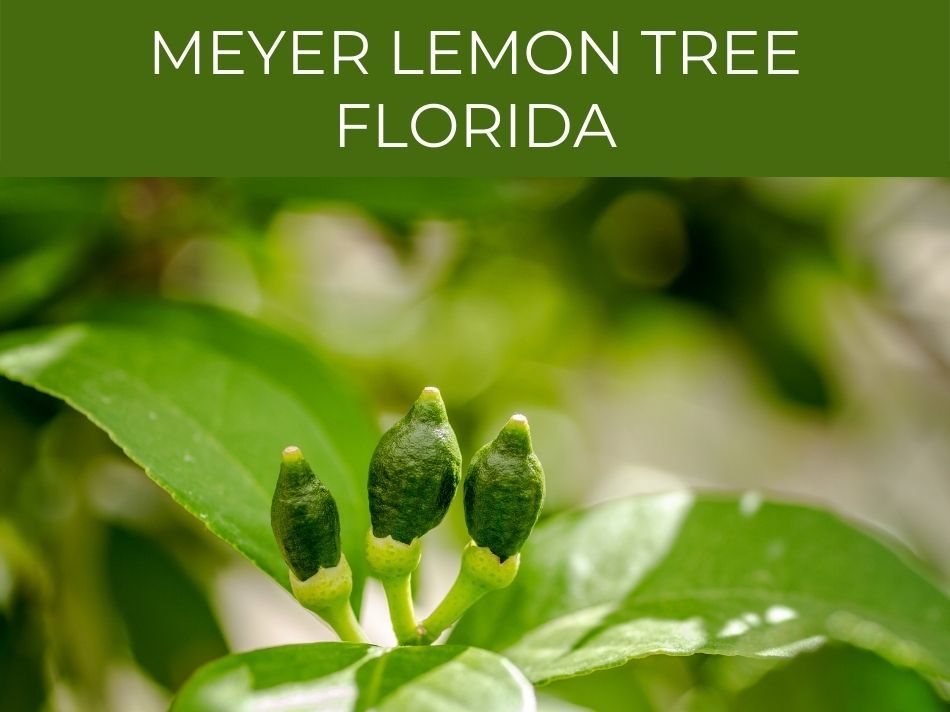
Meyer lemon tree Florida
A very small percentage of lemons are grown in Florida (in relation to the whole US), even though Florida has hardiness zones 8 – 11, which suit lemon trees. The Meyer lemon tree grows well in these areas, although it can also tolerate cooler temperatures.
The Meyer lemon tree is a hybrid between lemon and mandarin oranges.
It’s sweeter than other lemons and is hardier than other lemon trees, so it can grow throughout Florida, not only in the tropical regions.
Like all lemons, the Meyer needs a sunny location with well-drained soil.
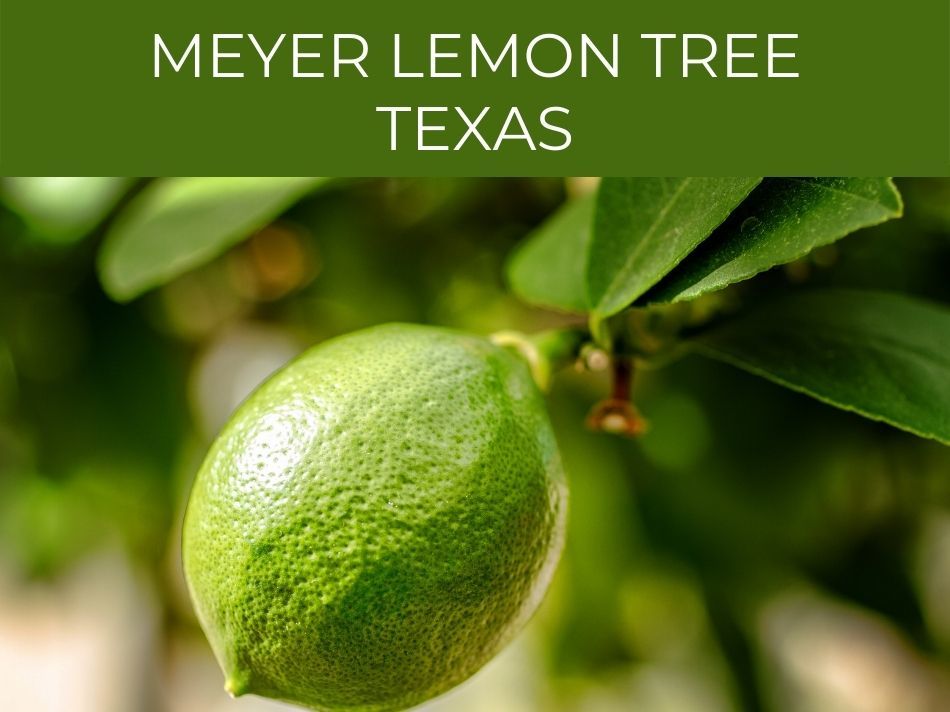
Meyer lemon tree Texas
The optimal growth zones for Meyer lemon trees are 8-11 and Texas has zones 8 – 9 in the central and east down to the south, which means that Meyer lemon trees can be grown there and will thrive. Outside the Rio Grande valley, though, the temperatures drop, but the hardy Meyer Lemons will still grow.
Outside the Rio Grande valley, the temperatures drop more significantly at night, so take care when you consider growing a lemon tree.
However, the Meyer lemon is more tolerant of colder temperatures than other lemons.
It is one of the lemon trees that continues to grow after having fruit, which is what contributes to it being able to take colder temperatures.
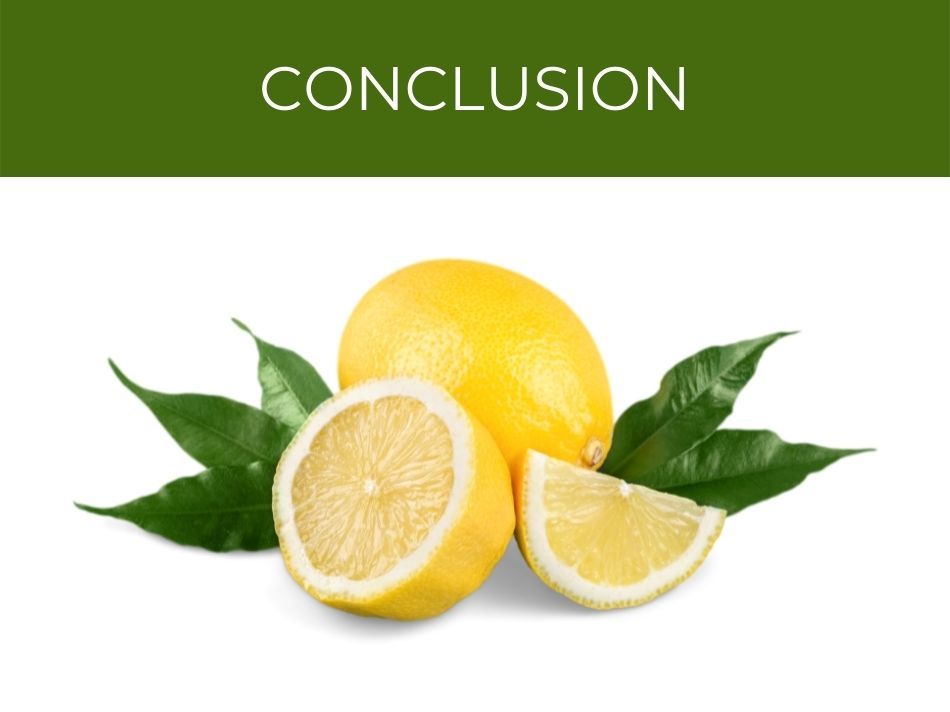
Conclusion
Lemon trees are one of the hardier types of citrus fruit.
They generally do prefer to grow in warmer climates, such as in zones 8 – 11, but can tolerate lower temperatures, even down to 32 °F (0 °C).
Of all the varieties of lemon, the Meyer lemon is hardier than most, so this is a good tree to choose when you plant a lemon tree at home.

